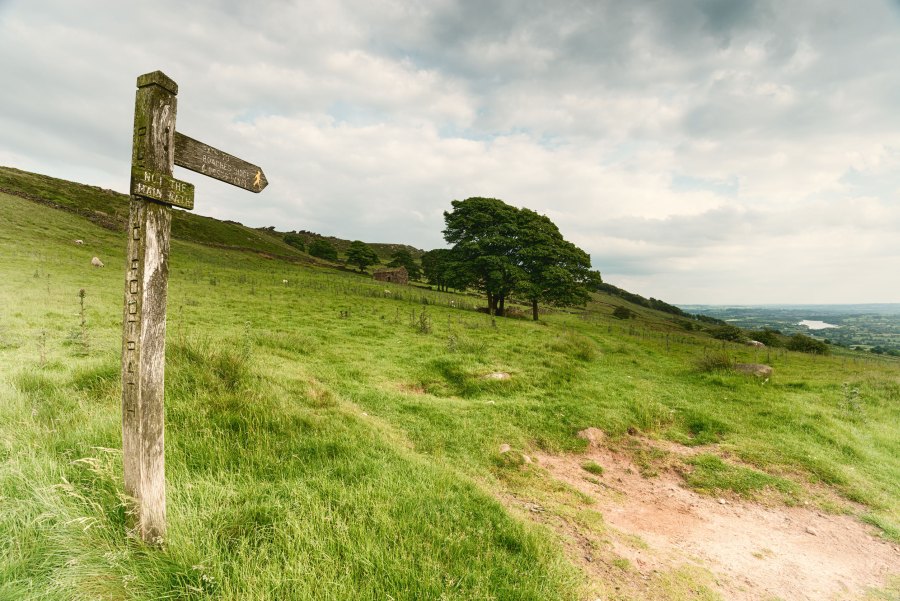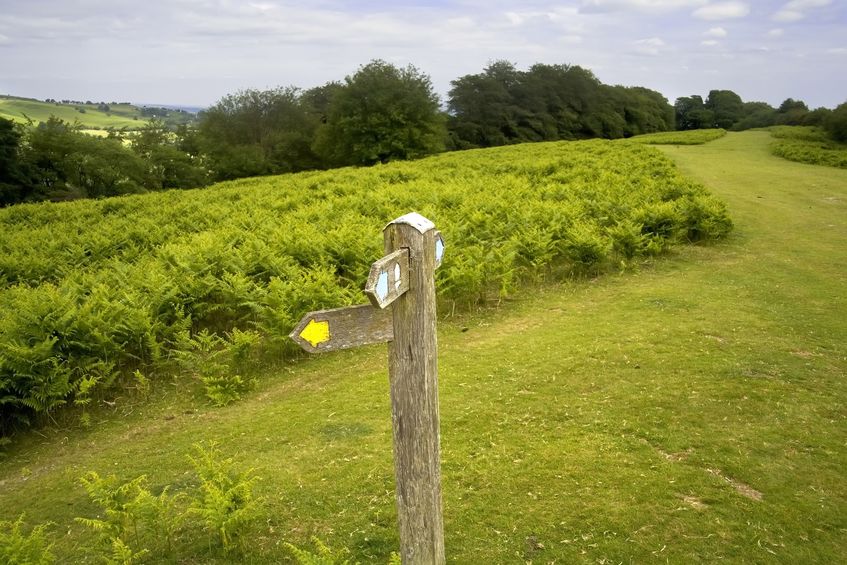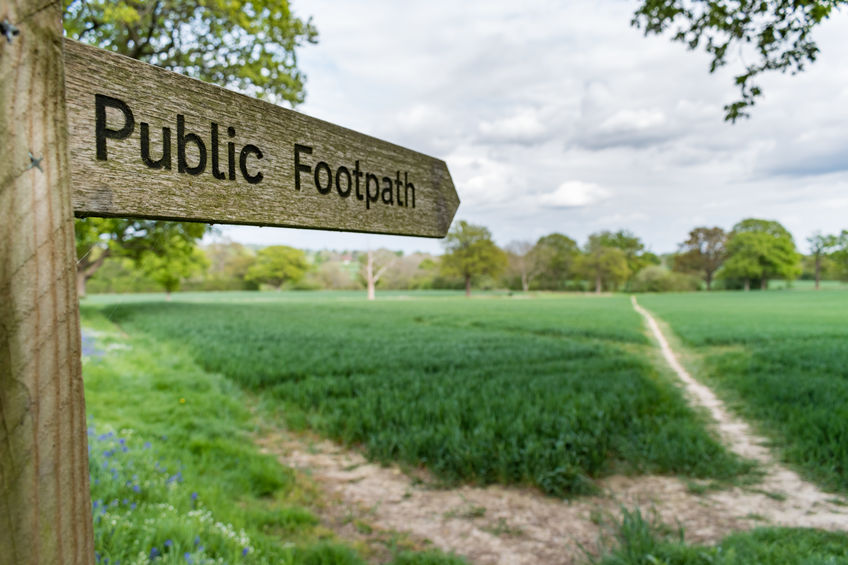
With the last year witnessing heavy traffic on the UK’s rural footpaths, we take a look at some of the issues farmers face surrounding rights of way.
Lockdowns have seen more people turning to the countryside for fresh air and exercise, but for farmers this has resulted in an influx of walkers taking to their land.
The vast majority of farms will contain some form of footpath, bridleway, or byway.
According to the World Bank, over 70% of the UK’s land is in agricultural use, and so inevitably much of this area is crossed by the UK’s 140,000 miles of public rights of way.
With lockdowns curtailing other activities, footfall has rapidly increased on these routes, throwing up new problems for landowners.
In February new figures from NFU Mutual showed that the cost of dog attacks on livestock had increased by over 10%, whilst the new year brought wet weather that led to concerns from arable farmers regarding the strain their footpaths were under.
One such farmer was Olly Harrison, who had difficulties with walkers straying from the legal line of the footpaths on his Merseyside farm, resulting in a muddy expanse across the field.
Mr Harrison said: “It is good to see more people making the most of the countryside and taking an interest in what we are doing.
"But unfortunately, a lot of people did not have the right footwear on and so they walked away from the paths trampling the crops.”
Understanding
Mr Harrison believes that one key area is in improving public understanding around the use of the countryside and he has been using social media to try and spread that message.
“A lot of people do not actually realise that they are doing anything wrong,” he explained.
“I think it is best to try and educate people before they leave the house, we find that people can be quite defensive if you try speaking to them and signs tend to get knocked down.”
As a result of the issues that have arisen during the pandemic, Natural England are currently refreshing the Countryside Code to make it better suited for communication with the wider public.
Rural Affairs Minister, Lord Gardiner is hoping that it will be complete in time for Easter, and the revamped code is also likely to be taken up in Wales once it is finished.
Sophie Dwerryhouse from the Country Land and Business Association (CLA) said: “Revamping the code should increase wider understanding around using the countryside.
"Instead of just telling people not to do things, it is about explaining why the legal routes are as they are.”
Sophie also explained that farmers who are concerned about a particular right of way can offer an alternative route around it, however farmers are not allowed to close the legal route.

“If the footpath is extremely muddy I think the majority of people would prefer to take the cleaner route around the edge.
"However, any landowners who do offer an alternative route must let their insurers know as there is increased liability.”
New routes
Whilst the increased use of footpaths has created fresh concerns, there are already existing challenges that farmers face surrounding rights of way.
Footpaths and bridleways can be created by people walking or riding across otherwise private land for a considerable length of time, usually at least 20 years.
This is a worry for landowners as it can result in new rights of way that could have a negative impact on the value of their property and potentially cause difficulties should they have aspirations to use the land differently in the future.
However, there are legal means by which farmers can avoid this becoming a problem.
Molly Dickson, of property consultants Fisher German, explained: “Landowners can help protect themselves by making a deposit under Section 31(6) of the Highways Act 1980.
"This measure confirms what rights of way are on the land and protects against the public gaining legal rights to the land through long-term usage.
"Whilst this does not affect those rights of way already in place, or those accrued historically, it does stop the clock ticking on new ones being acquired.”
“I have recently seen high levels of interest in such applications and have submitted several on behalf of landowning clients.”
What are the rules?
Responsibility for public rights of way in England and Wales is shared between the landowner and the highways authority.
In Northern Ireland full responsibility lies with local councils, whilst in Scotland there is no definitive list of rights of way as the Land Reform Act of 2003 created universal access to land providing that the Scottish Outdoor Access Code is kept to.

In England and Wales landowners are legally obliged to keep rights of way open and useable, this includes maintaining gates and stiles as well as clearing any vegetation that could obstruct the route.
Farmers must meet these requirements to claim Basic Payment Scheme (BPS) payments.
The Highways Agency are responsible for maintaining the surface of paths, but field edge paths must not be cultivated or ploughed.
Paths that run across fields can be disturbed for cultivations, but a good surface should be reinstated within 14 days of disturbance if a crop is being sown.
The width of bridleways must be at least 3 m wide and footpaths at least 1.5 m. This is narrower for rights of way that cross fields, with 2m required for a bridleway and 1m for footpaths.
There is also a strict set of rules around keeping bulls in fields that contain a right of way.
Bulls of recognised dairy breeds over the age of 10 months are banned from fields with public access, whilst bulls over the age of 10 months of any other breed must be accompanied by cows or heifers.
Landowners can be prosecuted for keeping any potentially dangerous animal on land crossed by a right of way.
An in depth list of landowners rights and responsibilities can be found at the gov.uk website.
